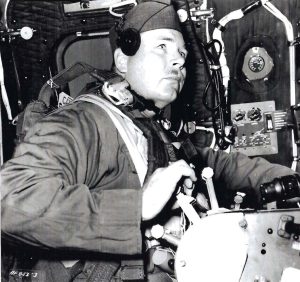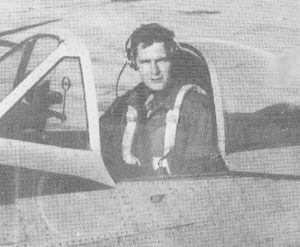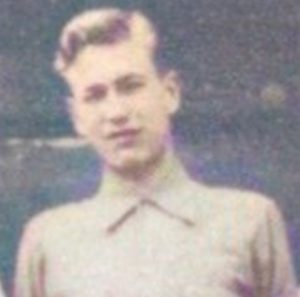Adams, John Howard
Air Force Captain
John Howard Adams, age 19, from Los Angeles, California, Los Angeles county.
Service era: Korea
Date of death: Tuesday, June 10, 1952
Death details: On the evening of June 10, 1952, a B-29 Superfortress (tail number 44-62183A, call sign “Saloon 47”) departed Kadena Air Base, Okinawa, Japan, with thirteen crew members on a night bombing operation targeting railroad bridges near Kwaksan, Korea. This Superfortress was part of a multiple-flight strike force that included twelve B-29s. As “Saloon 47” began its bomb run, it was illuminated by enemy searchlights and attacked by MiG-15 fighters. “Saloon 47” exploded and then fell to the ground in flames. Aerial searches failed to locate the aircraft or its crew, and circumstances surrounding their loss were unknown at the time. However, on August 30, 1953, during Operation Big Switch, one crew member from this loss was repatriated. He reported that the sudden explosion blew aboard the hit aircraft blew him outside midair and he lost consciousness but during his freefall, he regained consciousness, opened his parachute and landed in a rice paddy and was captured. Signs of the other twelve crew members were not reported or found following the incident. First Lieutenant John Howard Adams entered the U.S. Air Force from California and Was assigned to the 28th Bombardment Squadron, 19th Bombardment Group. He was a bombardier aboard “Saloon 47” when it crashed. No returning POWs mentioned contact with 1st Lt Adams, nor was he seen at any know holding point, interrogation center, hospital, or permanent POW camp, and he remains unaccounted-for. Today, First Lieutenant Adams is memorialized on the Courts of the Missing at the National Memorial Cemetery of the Pacific.
Source: National Archives, Defense POW/MIA Accounting Agency


